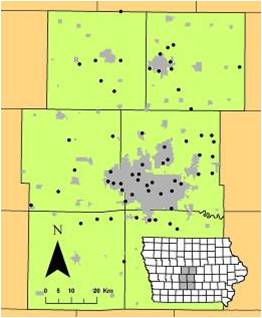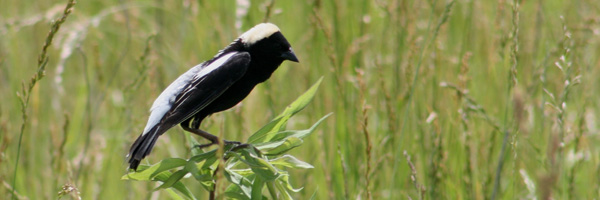
ECOLOGY & CONSERVATION BIOLOGY
IN THE MILLER LAB

ECOLOGY & CONSERVATION BIOLOGY
IN THE MILLER LAB
Contact: Finn Pillsbury
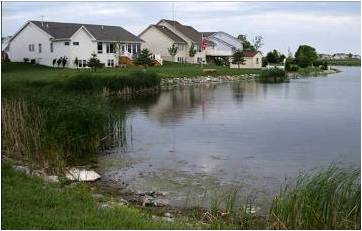
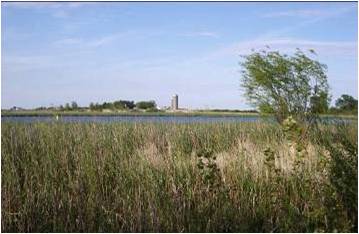
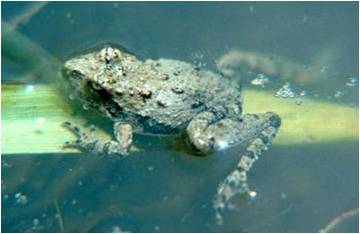
Urbanization has been identified as a major cause of global amphibian declines. The impact of urbanization on pool-breeding anurans is especially acute because many species use a variety of aquatic and terrestrial habitats during different stages of the life cycle. They are not only sensitive to the impairment of water quality and surface hydrology at breeding sites, but also to broad-scale landscape fragmentation and the resulting loss of connectivity that reduces juvenile dispersal. Successful habitat restoration and conservation planning therefore requires a greater understanding of the influence of landscape context on amphibian populations, especially in fragmented urban and suburban landscapes.
We examined amphibian community responses to wetland habitat availability and landscape characteristics along an urban-rural gradient in central Iowa (USA), a region experiencing rapid suburban growth. We conducted call surveys at 61 wetlands to estimate anuran calling activity, and quantified wetland habitat structure and landscape context. We used canonical correspondence analysis (CCA) to examine patterns in anuran community structure and identify the most important variables associated with those patterns. Urban density at the landscape scale had a significant negative influence on overall anuran abundance and diversity. While every species exhibited a decrease in abundance with increasing urban density, this pattern was especially pronounced for species requiring post-breeding upland habitats. Anurans most affected by urbanization were those associated with short hydroperiods, early breeding activity, and substantial upland habitat use. We suggest that broad-scale landscape fragmentation is an important factor underlying anuran community structure in this region, possibly due to limitations on the accessibility of otherwise suitable habitat in fragmented urban landscapes. This study underscores the importance of a regional approach to amphibian conservation in urban and urbanizing areas; in fragmented landscapes, a network of interconnected wetland and upland habitats may be more likely to support a successful, diverse anuran community than will isolated sites.
Publications:
Pillsbury, F.C., and J.R. Miller. 2008. Habitat and landscape characteristics underlying anuran community structure along an urban-rural gradient.Ecological Applications 18:1107-1118. (pdf)
Funding: Iowa State University
